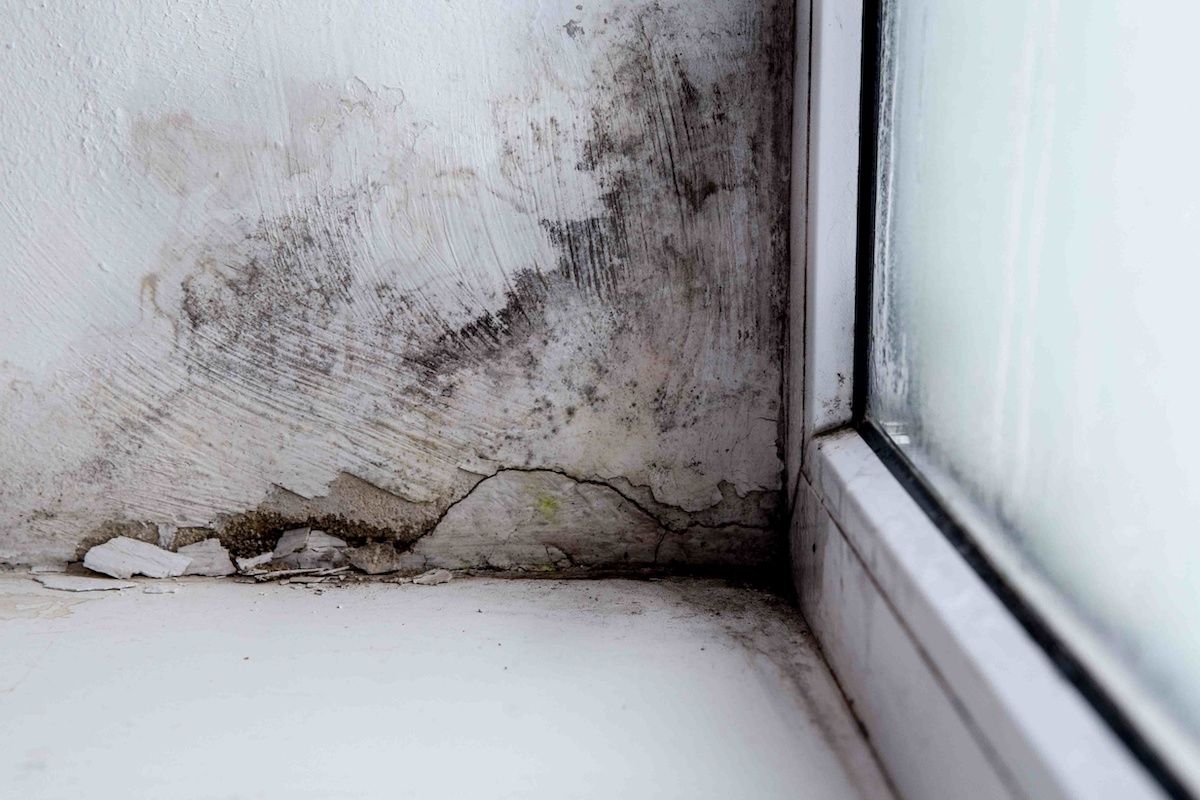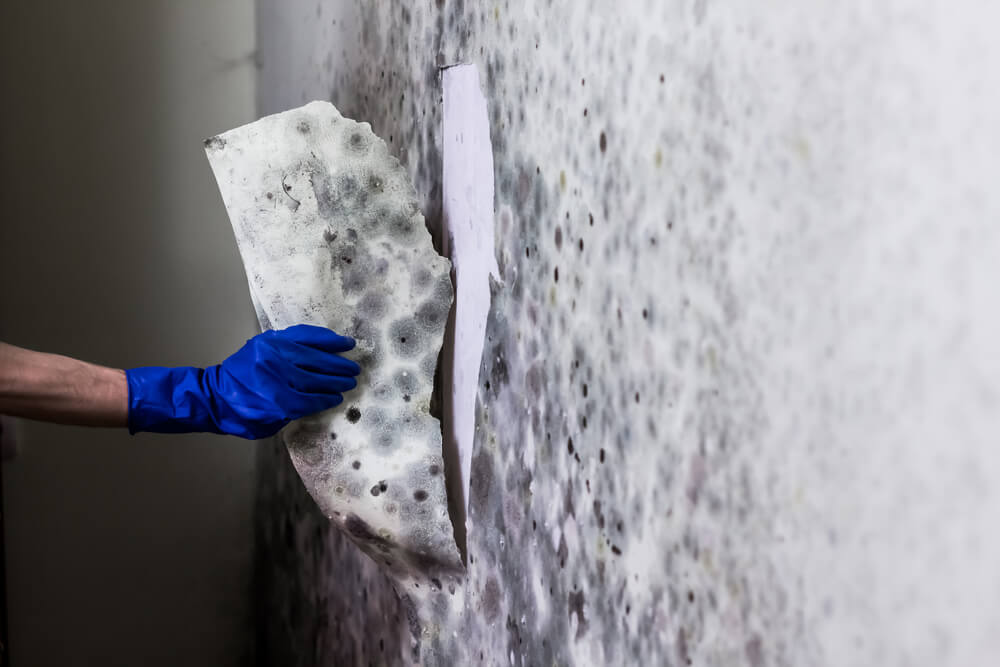Your Ultimate Overview to Post Mold Removal Techniques
In the consequences of mold infestation, understanding exactly how to properly get rid of the mold and avoid its reoccurrence is critical for maintaining a healthy and balanced interior setting. From picking the best cleansing and sanitizing techniques to executing approaches for lasting mold and mildew prevention, each step in the removal trip plays a crucial duty in ensuring a successful end result.
Recognizing Post-Mold Remediation Refine
After finishing the mold remediation procedure, it is essential to comprehend the post-mold removal strategies that are required to make certain a efficient and comprehensive clean-up. When the mold has actually been eliminated, the next step entails cleansing and disinfecting the impacted locations to avoid any kind of regrowth of mold. This includes utilizing specialized cleaning up representatives to clean down surface areas and eliminate any kind of staying mold and mildew spores. It is vital to dry out the location completely to prevent the development of mold and mildew in the future (Post Remediation verification). Proper air flow and dehumidification can aid in this process.
Furthermore, carrying out a last assessment post-remediation is important to guarantee that all mold has actually been effectively gotten rid of. This inspection needs to include a complete visual check as well as perhaps air sampling to validate the absence of mold spores airborne. Additional remediation might be required if the assessment discloses any kind of remaining mold and mildew. Lastly, enlightening residents on preventative procedures such as controlling wetness degrees and quickly addressing any kind of water leakages can help preserve a mold-free setting.
Reliable Cleaning and Disinfecting Techniques

Protecting Against Future Mold And Mildew Growth

Value of Appropriate Ventilation
Proper ventilation plays a crucial duty in preventing dampness accumulation, a crucial aspect in mold growth within interior settings. Reliable ventilation systems help get rid of excess moisture from the air, minimizing the opportunities of mold spores finding the dampness they require to sprout and spread. Without adequate air flow, interior spaces can come to be a breeding ground for mold and mildew, bring about potential wellness dangers and structural damage.
By guaranteeing appropriate air blood circulation, ventilation systems can additionally assist in drying wet locations more promptly after water damage or flooding events, additionally hindering mold development. Post Mold Remediation. In rooms like restrooms, attics, basements, and kitchen areas where dampness levels often tend to be greater, installing and preserving efficient ventilation systems is vital in protecting against mold infestations

Monitoring and Upkeep Tips
Provided the crucial function that appropriate ventilation plays in preventing mold and mildew growth, it is crucial to establish reliable tracking and upkeep ideas to make sure the ongoing functionality of ventilation systems. Monitoring moisture degrees within the residential or commercial property is additionally critical, as high humidity can add to mold growth. By remaining positive and attentive to the condition of air flow systems, home proprietors can successfully mitigate the danger of mold and mildew regrowth and maintain a healthy interior environment.
Final Thought
In verdict, post-mold remediation strategies are important for making certain a risk-free and tidy environment. Comprehending the procedure, implementing reliable cleansing and sanitizing approaches, preventing future mold growth, maintaining proper ventilation, and regular surveillance are all crucial steps in the remediation process. By adhering to these standards, you can successfully get rid of mold and mildew and prevent its return, functioning or advertising a healthy and balanced living space for all residents.
In the results of mold problem, understanding exactly how to properly get rid of the mold and mildew and stop its reoccurrence is extremely important for keeping a healthy and balanced interior setting. Once the mold has been removed, the next action involves cleaning and disinfecting the affected areas to protect against any kind of regrowth of mold - what to do after mold remediation. After getting rid of visible mold development, it is essential to clean all surfaces in the damaged area to get rid of any type of remaining mold and mildew spores. To additionally boost mold avoidance procedures, it is vital to deal with underlying issues that initially led to mold growth.Provided the important duty that appropriate ventilation plays After mold remediation in preventing mold and mildew growth, it is essential to establish efficient surveillance and maintenance pointers to ensure the ongoing performance of air flow systems